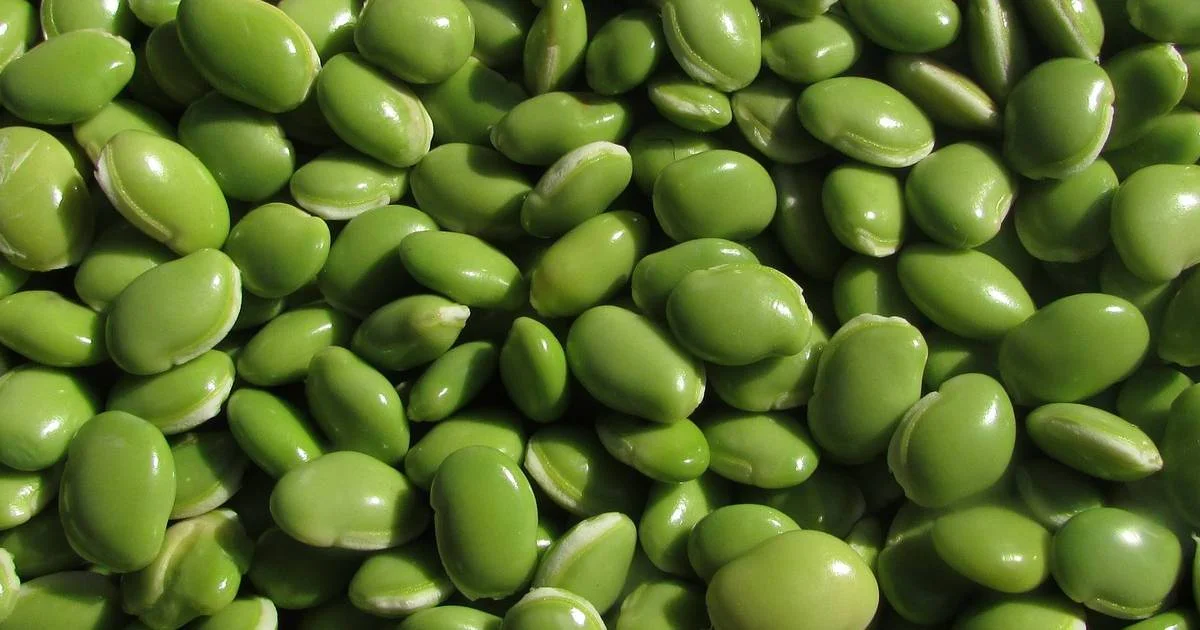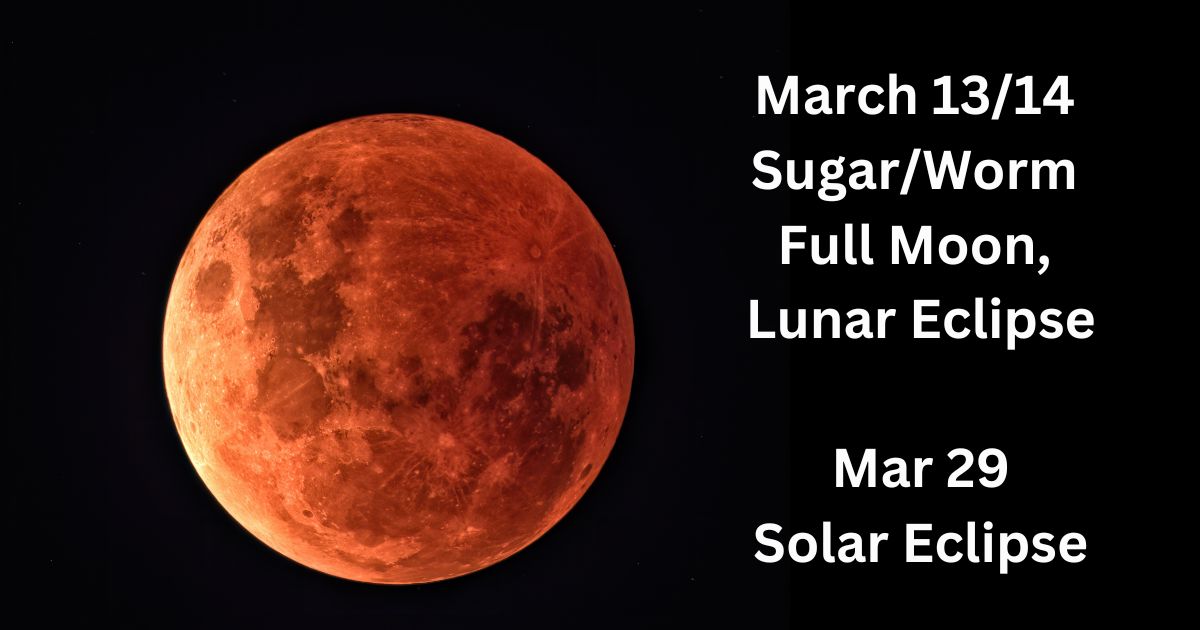The pileated is the largest woodpecker in North America. Magnifient in flight, it has a large crow-like body of about 1/2 of a metre tall and a wingspan of almost a metre. Females and males both have a bold red crest with a mostly black body with white streaks of feathers on their face, neck and wings. “Pileated” is the Latin term for ‘capped’ or ‘crested,’ so that’s where they get their name.
The pileated woodpecker does not migrate, so if you happen upon a pile of wood chips at the base of a dead deciduous tree this winter, you might be close to the timid bird. We have an old stump behind the chicken coop on our property, and I finally saw a pileated hard at work last winter using its barbed tongue to peck for carpenter ants and other insects.
They can be helpful since they’ll eat wood-boring beetles that are attacking ash and other species of trees. For this reason, it is sometimes referred to as ‘the carpenter bird’ or ‘wood hen.’ Pileated woodpeckers are insectivores. So don’t be too quick to remove that dead tree on your property because that’s where they will
find their food. Pileated woodpeckers also like berries, including poison ivy, and you might be lucky and see one on suet you put out.
You’ll likely hear the ‘ca-ca ca’ cry of this majestic, indigenous woodpecker before you see it so keep your ears and your eyes open this winter when you are walking in the forest. (You might see one but seldom
two at a time.)











